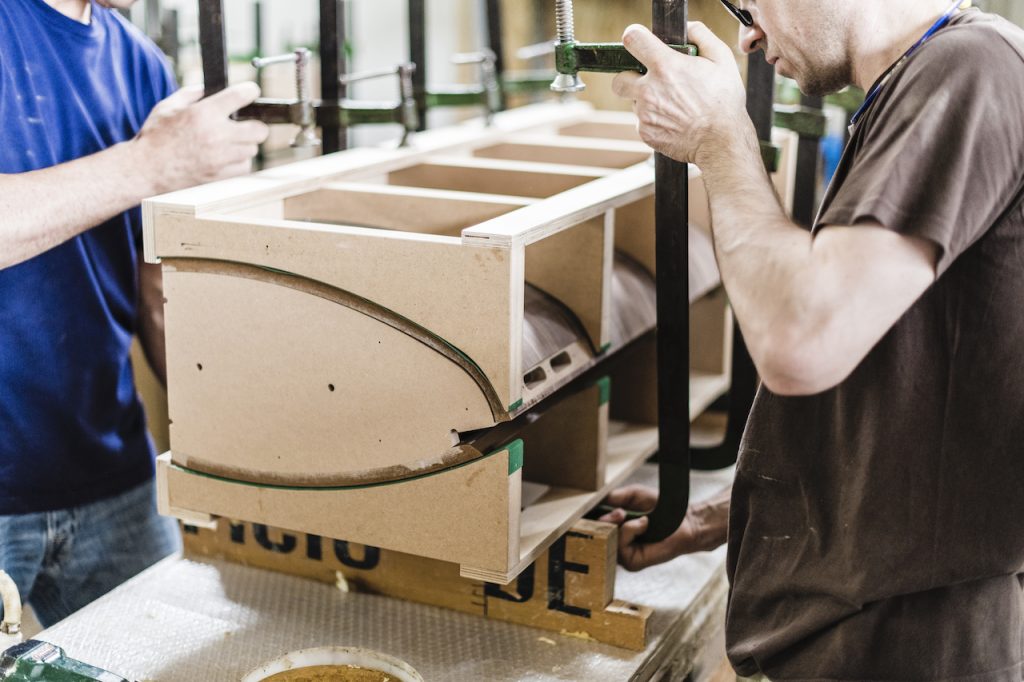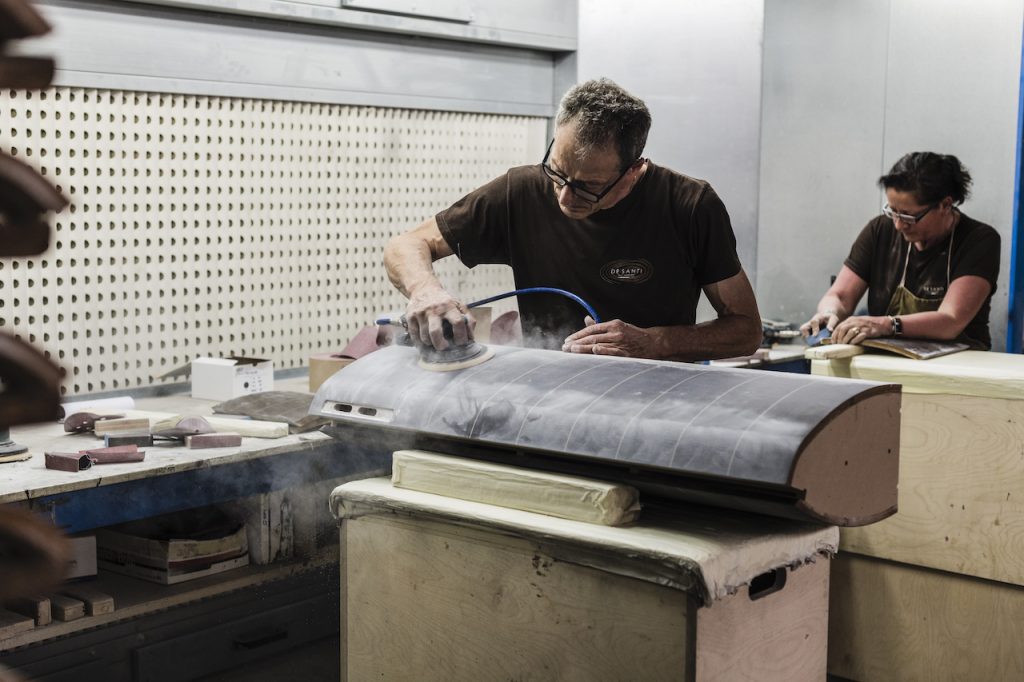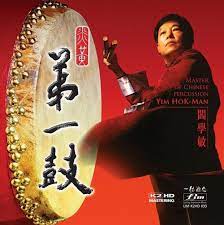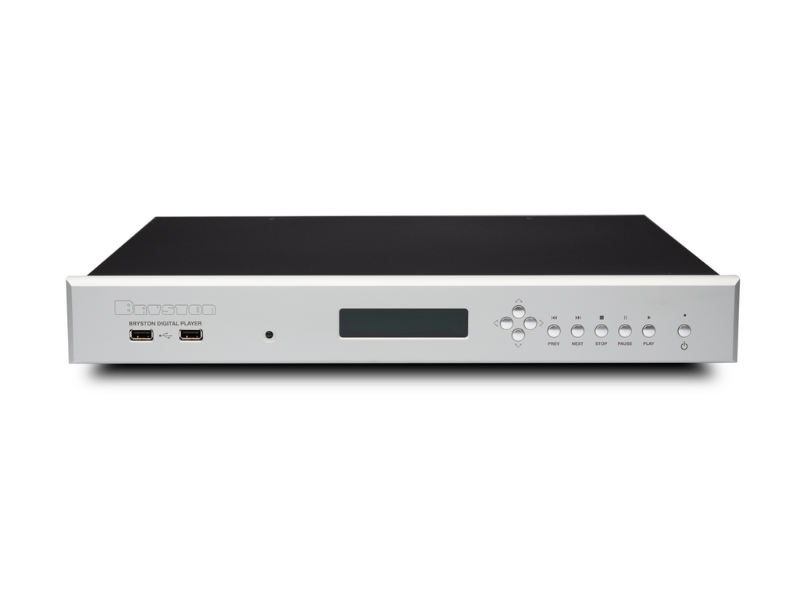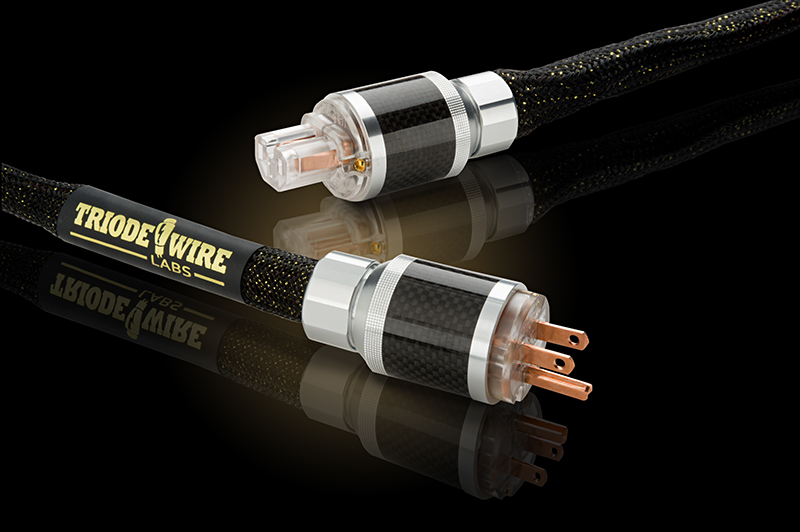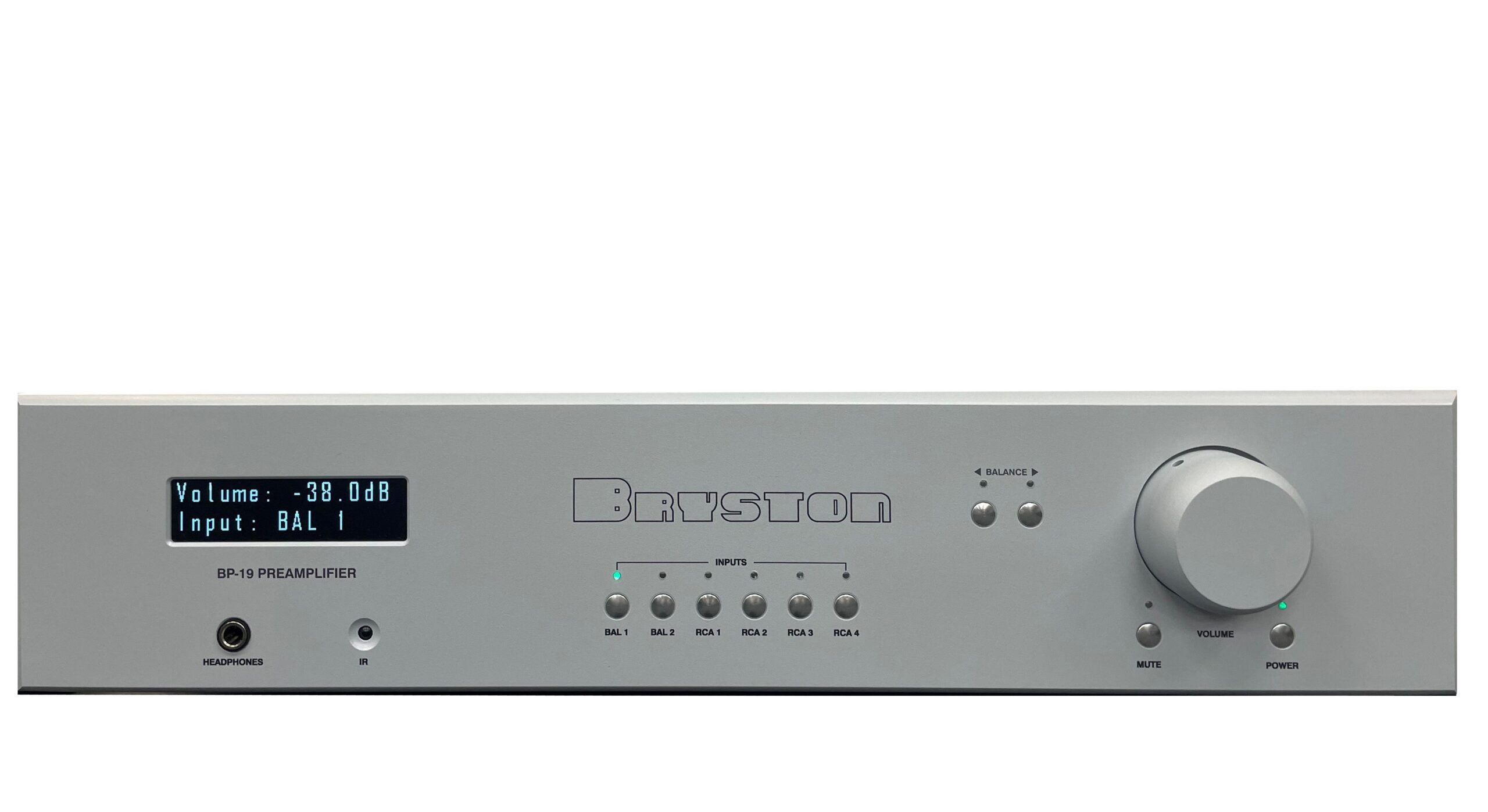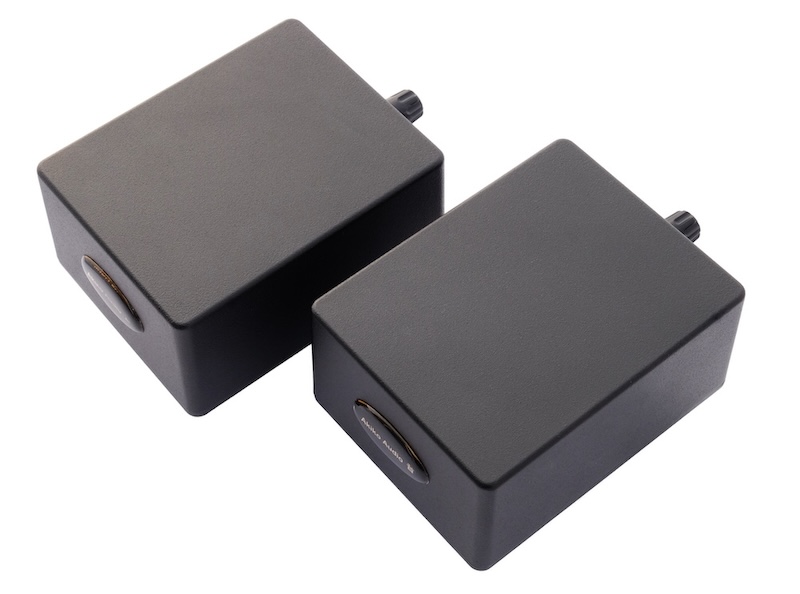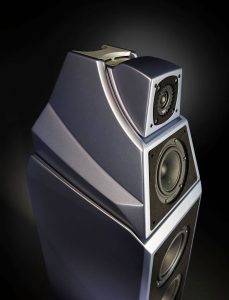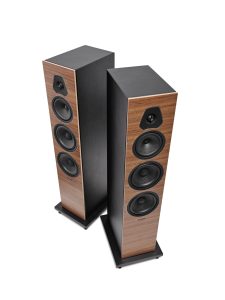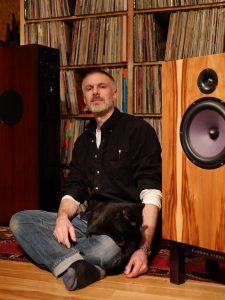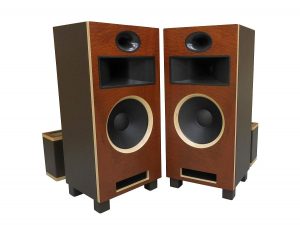For over a decade now, I have auditioned many models of Sonus faber loudspeakers at several audio shows in North America. Although in every case they sounded marvelous, I have always wondered to myself; if they can sound so good when performing at audio show where, more often than not, the room acoustics are anything but great, where there is ambient noise from show visitors talking, where the speakers are driven by amplifiers and source components that are not always the best, where the speaker cables could be a lot better, where the speakers have not been optimally placed in the listening room, where the transducers have not been given an opportunity to burn in completely and have not settled in fully, imagine how much better they would sound if I had an opportunity to review a pair of Sonus faber speakers in my dedicated listening room.
Of course, this would apply to all the high-end audio gear that is demonstrated at audio shows, but, in my view, I felt that it should apply even more to Sonus faber speakers, because of all the cutting-edge technology that this brand puts into its speakers, because of the quality of materials they use, and because of the attention and care with which these splendid speakers are put together by the dexterous hands of skilled craftsmen.
My room is 90% underground with a solid concrete floor and walls, making it impervious to external vibrations. It has been acoustically corrected by a professional acoustician who used strategically placed acoustic absorption and diffusion panels. Also, over the past 36 years, I have painstakingly tried countless permutations and combinations of various components and tweaks, to finally arrive at a system consisting of components that are not just close to state-of-the-art, but which also synergize incredibly well with each other to deliver a listening experience, that many of my audiophile guests have described with the words "to die for!"
A few months ago, Dr. David W. Robinson, the Editor-in-Chief of Positive Feedback, finally gave me the chance I was looking for, by offering me the opportunity to review the Sonus faber Olympica Nova III. Needless to say, I jumped at this opportunity.
The speakers arrived on a wooden pallet which contained two large and heavy cartons. It was too heavy for the delivery guy and me to carry through the front door of my house and so I got him to place the pallet in my garage. In years past, my son would assist me in carrying in, unpacking, and placing the speakers in my listening room. However, now he is an Engineering Officer in the Royal Canadian Air Force and is constantly being flitted from one airbase to another, so this time, I had to rely on my daughter and my wife to help me unstrap the two very large and heavy cartons from the pallet and carry them, grunting and groaning, into my listening room.
On the same day as I received these speakers, I also received my Eames chair and ottoman, which I had lusted after for over a decade now. The common theme between the Eames chair and the Nova III is, they both use, as part of their regalia, the finest Italian leather, die cast metal parts, and plywood bent into the required shape, as part of their livery. The Nova III was the first audio component that I auditioned while sitting in my incredibly comfortable Eames Chair.
Unboxing the Olympica Nova III speakers was a pleasure. I marveled at the fit and finish of not just the speakers, but also the accessories. It is very obvious that very high quality materials and a precision engineering with tight tolerances, have gone into the building of each and every component of these speakers. I marveled at how artistically wood, leather, and metal have been blended together to achieve rock solid structural integrity and eye pleasing aesthetics.
I was pleasantly surprised at the design and solidity of the spiked feet and the mechanism to level the speakers. A lot of thinking has obviously gone into their design, making them not just easy and simple to install, but also to adjust them, which required using minimal force, despite the fact that the speakers are so heavy.
I found it amusing that the most difficult part of the speaker to handle during assembly, was the grill, which arrived in a tangled mess, presumably, courtesy of the previous reviewer. Fortunately, my daughter had the patience and dexterity to untangle the grill, after which it was very simple to install. Unlike conventional grills, the Nova III has a grill that consists of elastic strings that are held taut between two metal bars. On the down side, they do not do much to protect the driver units from hyperactive, inquisitive toddlers, but on the bright side, they are a lot more acoustically transparent than conventional speaker grills.
I have reviewed dozens of speakers in all shapes and sizes, and in every case, the speakers with the grills on negatively impacted the sound, which prompted me to conduct the review without the grill. The innovative grills on these speakers are so acoustically transparent, the sonic difference between having them on and off is negligible. I therefore decided to conduct the review with the grills on. As an added bonus, these elegant grills add to the aesthetic appeal of the speakers.
Since this particular pair of speakers has been reviewed before, I was spared the task of burning them in. I did however, let them settle in for a couple of days after installing them before I began auditioning them. During this time, I explored the design and materials that have gone into them.
Sonus faber launched their Olympica range in 2013 and gave these speakers the honor of sporting driver units that are designed completely in-house. Then in 2019, the whole line-up was refreshed to include three floor-standers and two center channel options. The Nova III, which retails for $13,500, has a bigger and a smaller floor-stander sibling. It has a three-way, four-driver configuration. The unique lute shape of the original Olympica speakers has been carried over to the new range, and so they retain the advantage of having a cabinet interior with no parallel sides, so no chance standing waves to develop, thus minimizing distortion inside the speaker enclosure. Sonus faber refers to this speaker cabinet as a "Stealth Ultraflex," full para-aperiodic vented box. The Nova III comes in two finishes, walnut and wenge. The review sample was in walnut, and is very elegant and easy on the eyes. The wenge is a great option for those who prefer their speakers to be of a darker color that oozes sophistication.
This aluminum port runs the length of the speaker and loads the transducers, woofers, and tweeter in the form of a restrictive port. Since this port is placed off center, the speakers can be placed with this port facing inside or outside, depending on the particular acoustical properties of the listening room.
The speaker cabinet is formed by bending and fusing, under heat, eight layers of plywood so that it can then be joined to an aluminum exoskeleton that is held together by top and bottom CNC machined solid aluminum plates. All the metal parts of the cabinet have been designed to clamp and hold together the wood elements in a way that minimizes enclosure resonance to a remarkable degree.
The driver units of the Nova III consist of a 28mm silk dome tweeter with a Neodymium magnet motor system, and featuring the company's exclusive Damped Apex Dome technology. The anti-phase behavior is improved by using a solid piece of die-cast aluminum that applies local damping to the tweeter's silk dome.
The midrange has a 150mm cone that has an unusually rough surface, comprising of an air-dried blend of cellulose pulp, kenaf, and kapok fibres which, according to Sonus farber, deliver better damping and improved distribution of cone resonance. This is driven by an eddy current free voice coil.
The tweeter and midrange are mounted to the baffle over genuine fine Italian leather that is bonded to the baffle. This gives the Nova III a touch of classy elegance, but more importantly, according to Sonus farber, it also serves as a decoupling element which positively effects the tonal properties of the sound that the speaker reproduces.
The two 180mm woofers are connected in parallel and have cones that comprise layers of cellulose pulp surrounded by a layer of syntactic foam all held together with a sandwich construction. According to Sonus faber, this woofer design, achieves their goal of high rigidity and low mass.
The Nova III network filter crosses over at 250Hz and 2500Hz, and incorporates Jantzen inductors and capacitors. Elastomers are used to mechanically isolated the network from the main cabinet vibrations. Sonus faber refers to this as a Paracross Topology, and claims that it has a semi-balanced/fully-balanced circuit that delivers more fine details, a more focused soundstage, and a darker background.
The bottom aluminum plate of the Nova III has been extended to do double duty as the feet holder of the speakers. The accompanying feet are screwed into this plate in a way that allows you to adjust the height of the speaker and also make sure that it is perfectly level even while sitting on a floor that is not totally level.
I began the audition with "Poem of Chinese Drums" on the Master of Chinese Percussion album by Yim Hok-Man. This is a torture track that, at relatively high volume levels, will cause lesser speakers to deliver compressed and brittle sound with very audible distortion. I was pleasantly surprised at how well the Nova III handled this pretty high sonic hurdle. The giant drums sounded big, bold, and truly magnificent. I could feel the impact of each boom on my chest, and the attack and decay was spot on. Each deep bass drum beat was delivered with the kind of leading edge and "stop on a dime" characteristic that I am used to hearing from speakers that are twice, and even three times the price of the Nova III.
The width of the sound stage was very commendable, but it is the remarkable depth of the sound stage that really got my attention. When playing "School" from the Supertramp album Crime of the Century, there were some musical instruments that sonically, seem to come from 18 to 20 meters behind the speakers.
The Nova III is also a master at performing a disappearing act. With most tracks, my ears could detect sounds that seem to come from everywhere on the sound stage, rendering the speakers almost sonically invisible! This is the kind of disappearing act is similar to some of the best designed bookshelf speakers that I have heard.
Piano notes in performances by maestros like Chick Corea, Ahmed Jamal, and Bob James tinkling the ivories, are well rounded with just the right weight, attack, and decay. Guitar strums and riffs from greats like Mark Knopfler and Carlos Santana are very well defined, and trumpet blasts from legends like Louis Armstrong have the kind of presence that makes you feel like you could almost reach out and touch the great Satchmo. In fact, irrespective of the instrument, the Nova III recreates sound that is clean, with ample presence, great timbral and tonal accuracy, and with a midrange that is tonally correct and as smooth as a baby's bottom.
With very complicated arrangements, even with dozens of instruments all playing at the same time, I could still detect ample air between the instruments and rock-solid sound stage stability. Even at moderately loud volume levels, the music is rendered with a lot of visceral punch, while the speakers maintain a calm, composed demeanor, and maintained a sense of effortlessness in their delivery of the music.
I had to go up to window rattling volume levels to get the Nova III to produce compression and distortion that I could easily hear. At that deafness inducing volume level, like most speakers, the Nova III began to lose a bit of their hitherto remarkable frequency equilibrium and composure, and the treble began to dominate the other audible frequencies.
In their album titled Trio, music icons Linda Ronstadt, Dolly Parton, and Emmylou Harris combine their legendary vocal talents to show off what magic harmonies can conjure up when done right. Through the Nova III, every aspect of the prestidigitation that this trio of divas bestowed on this album is revealed in all its glory. I was able to very easily focus on each of their voices if I wanted to, or alternatively, just appreciate the way all three voices blended together to create such incredible music enchantment.
These speakers did full justice to Greg Brown's deep and gravelly voice on his Freak Flag album, not just bringing out its full texture, but also revealing a gentle side to Brown's voice and on some tracks, even a smidgen of sadness. It is indeed rare to find a speaker in this price range, that is able to achieve this so deftly and adroitly.
I have heard some pretty pricey speakers, some even sporting a six-figure price tag, that allow the louder notes in the music to mask, blur, or overshadow the softer notes. The Nova III is very adept at ensuring that this does not happen. I could hear some very subtle and nuanced musical notes, even while they were reproduced in tandem with louder and more dominant notes. This adds quite exponentially, to the listening enjoyment, and better facilitates the transference of the artiste's emotions to the listener.
During this review, the only instance where the Nova III did not perform superlatively is when I play "Ode to Billy Joe" by Patricia Barber on the Café Blue album. When reproducing this track, the finger snaps had just a tiny hint of a metallic sound in the leading edges. However, I had to listen really hard and attentively to detect this, so it is not a biggie.
I have a library of over a quarter of a million tracks covering most genres. I am thankful to Roon for their outstanding digital player software and Nucleus Plus hardware that allows me to organize, access, and play tracks from such a large library. Most speakers excel in reproducing certain genres of music. Not so with the Nova III. I tried them out with a whole host of genres from my library, and in every case, they deliver a level of performance that should please even very discriminating audiophile ears.
They reproduced the mellow and gentle "Correnteza" by Ana Caram on Chesky's The Ultimate Demonstration Disc, with the delicate touch of a butterfly wing. At the other end of the spectrum, they delivered the slam of "Keith Don't Go" by Nils Lofgren from his Live album, with the impact akin to alpha male rams ferociously butting horns while competing for partners during the mating season.
The Nova III delivers bass that is so deep and tuneful most audiophiles would be perfectly satisfied with their reproduction of the bottom octave. However, if your listening repertoire is dominated by organ music or bass guitar and drum solos, you might want to consider adding one or preferably two high quality subwoofers that are quick enough to keep up with the very fast Nova III speakers.
I tried them out in tandem with a pair of JL Audio F112 subwoofers, and the two sets of transducers danced very well together. With this combination I am able to experience sounds of the last half bottom octave with more authority and muscle; these are sounds that you don't necessarily hear with your ears, but rather, feel in your bones.
It's also worth mating these speakers with really outstanding gear. For this audition, I tried the Nova III with the Ars-Sonum Filarmonia, the Ayre V3, and the Pass Labs XA100.8. The Pass Labs mono blocks were able to realize more of the potential of these splendid speakers than the other two. Similarly, I tried various speaker cables, and ended up using the Cardas Clear Beyond for the review, as these cables allowed the Nova III to truly shine.
The Nova III is so ruthlessly revealing, I was able to hear very deep into the music and in this process, I could more easily bifurcate the great audio recordings from the rest. This helped me better appreciate the superior audio engineering and recording acumen of greats like Alan Parsons, David Chesky, Tommy LiPuma, and Cookie Marenco.
On the flip side, these speakers present the music with totally uncompromising honesty, so there is no room for less than stellar recordings to hide their flaws, which are laid bare, warts and all. Through the Nova III, it was very apparent to me, that KD Lang's Ingenue album is a whole lot better recorded than her Invincible Summer album, which sounded harsh and strident in comparison.
As I mentioned in the beginning, although, to my ears, Sonus farber speakers sounded quite lovely at audio shows, I suspected that they had the potential to sound even better in a listening environment that is more controllable than hotel rooms and banquet halls. This review confirmed my hunch was right on the money. Given a listening room that has been acoustically treated by a professional acoustician and mated with very high quality sources, electronics, and tweaks, allowed the Sonus farber Nova III speakers to perform significantly better than I have heard them perform at audio shows.
Many of my audiophile friends own speakers that cost around $10,000, as they regard this as the sweet spot beyond which the law of diminishing returns kicks in with a vengeance. The Nova III disrupts this paradigm. At $13,500, they offer significantly better performance than any of the speakers in the $10,000 range that I have heard. Heck, they even rival and better many of the speakers in the $25,000 range that I have auditioned. So, if like many audiophiles, you have budgeted for a speaker in the $10,000 price category, it would behoove you to consider stretching your budget a bit, and seriously consider the Nova III. At the very least, I would urge you not to pull the trigger on any speakers in the $10,000 range until you have given the Nova III a thorough audition. You'll be really glad you did!
Olympica Nova III Loudspeakers
Retail: $13,500
Sonus faber SPA
36057 Arcugnano (VI)
Italy
North American Distributor
Sumiko
9464 Hemlock Lane
North Maple Grove, MN 55369
510.843.4500






